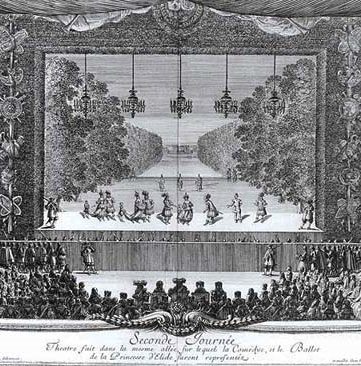
Short History of Ballet
Ballet has seen its fair share of costume changes over its long history. It has grown to become one of the most popular and iconic forms of dance around today. But how did an Italian Renaissance courtly dance become the modern-day phenomenon that inspires millions of kids around the world to dream of becoming a ballet dancer?
Here is a short synopsis of the ballet history…
Where it all started
Ballet has its roots in the Italian Renaissance of the 15th and 16th centuries. Italian nobles held extravagant courtly events where they enjoyed and participated in spectacular celebrations of dance.
By the 17th century, ballet had spread to the French court. It was The Sun King, King Louis XIV, who was responsible for the growth in popularity of ballet during his reign, even regularly appearing on stage as performer himself. He founded the Académie Royale de Danse in Paris in 1661 and also was instrumental in setting up the world’s first professional ballet company – the Ballet de l’Opéra de Paris.
These early 17th century French ballets usually told the stories of Greek and Roman myths and were performed in large rooms to aristocratic audiences at court. Costumes were elaborate and so heavy that they restricted the dancers’ movements.
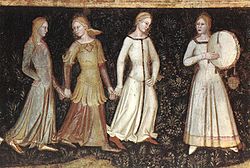
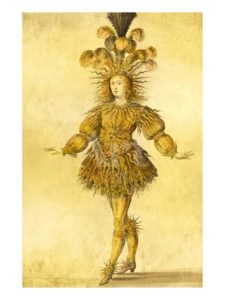
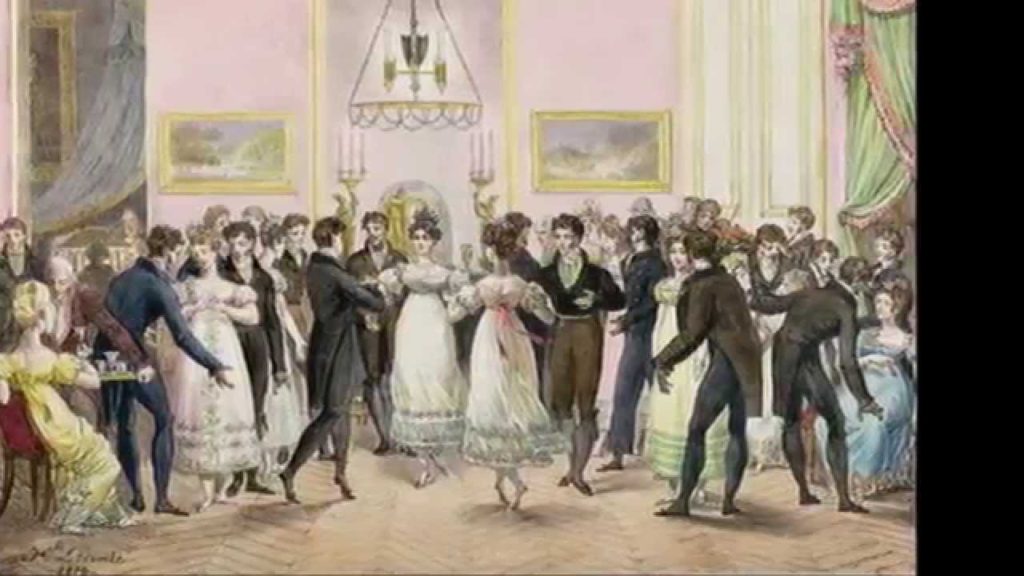
Au revoir la France!
In the 18th century, ballet spread from the French court to other parts of Europe, including Denmark and Russia.
Ballet productions began to tell the stories of ordinary people, as well as the heroes of mythology. Costumes and sets also changed, with ballerinas adopting freer, Grecian-style dresses, allowing a greater range of movement, and helping develop a more complicated repertoire of dance moves.
The Rise of the Ballerina
The Romantic Movement in art and literature had a big impact on ballet in the 19th century. Responding to the growing industrialisation of Europe, ballets began to tell fairy tales, with works such as La Sylphide (1832) opening to a rapturous reception. This, and other iconic ballets such as Giselle (1840), also gave the role of the ballerina added prominence, presenting her as an idealised theatrical figure, with the male dancer’s roles relatively declining in importance.
Ballerinas in this era also began to develop more complicated techniques such as pointe-work, contributing to their sense of awe and mystery through increasingly impressive displays of strength and grace.
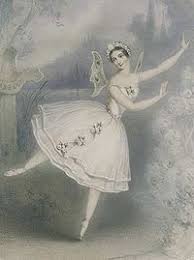
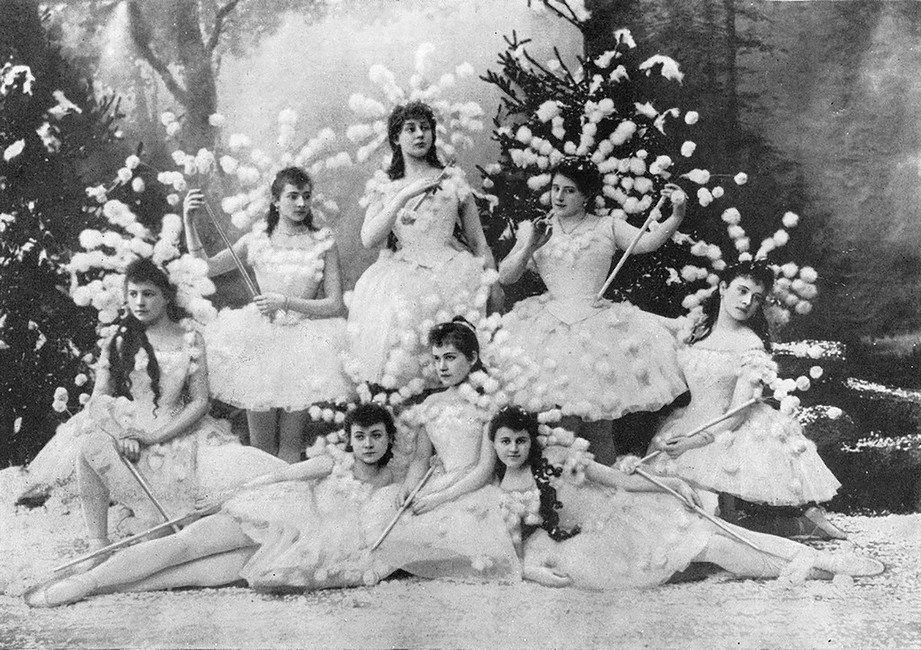
The Land of the Nutcracker
While ballet declined in popularity in France in the late 19th century, it continued to go from strength to strength in Russia. It was in this period that some of today’s best-loved ballets were written, such as Tchaikovsky’s Swan Lake (1876) and The Nutcracker (1892). Surprisingly, Tchaikovsky’s two most famous ballets were not particularly well-received when they first opened in Moscow. It is only in the past few decades they have achieved their iconic status, with The Nutcracker in particular having become a staple of every Christmas Theatre Season.
Before and during the Russian Revolution, Russian expats such as Serge Pavlovich Diaghilev and his dance company the Ballet Ruses, put Russian ballet firmly on the map on a European stage, taking audiences by storm with a season of Russian Ballet in Paris in May 1909 along with many subsequent successful productions. Buoyed by the brilliance of Russian composer Igor Stravinsky, the Ballets Ruses wowed the public with their innovative choreography; elaborate, exotic costumes; and intriguing Russian folkloric themes.
Unable to return to their homeland, the Ballets Ruses remained in Western Europe and helped revive the interest in ballet, eventually helping to spread its popularity across the globe.
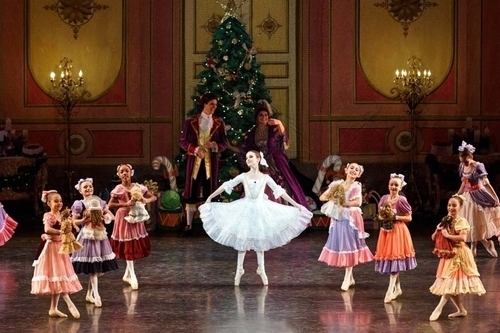
Ballet Today
In the 20th century ballet captured the imagination of the world, with ballet companies becoming established in every continent. Its popularity grew in the United States, bringing in developments in the form and giving rise to completely new styles of dance, such as Contemporary Dance.
New neoclassic and contemporary ballets re-invented old works and inspired new ones, moving away from elaborate sets and playing down more traditional theatrical elements, bringing the focus instead on the dance itself, developing technique and performance style.
As the theatre-going public grew in the 20th century, ballets became accessible to a much wider audience, and became a popular past-time for children and adults. Hit-films such as Billy Elliot and The Black Swan have added to ballet’s profile in popular culture, and the dance continues to be more popular than ever…long may it continue!
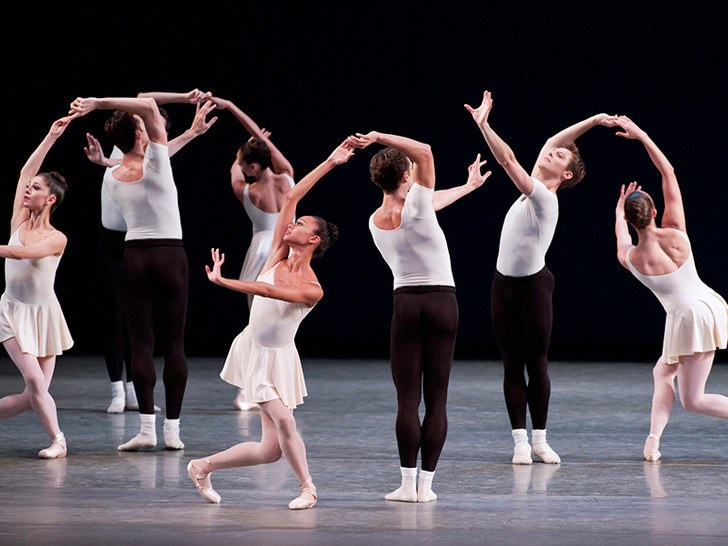
Sources:
The world of Ballet by Judy Tatchell
City-Academy.com
Wikipedia
